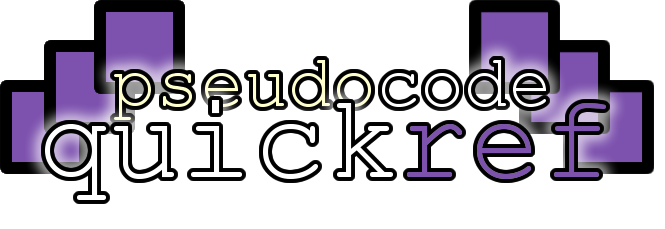

This resource is designed as a quick reference or revision guide. It has not been endorsed by any exam boards. If you spot any mistakes, please let me know and I'll fix them asap.
This website aims to give a quick reference for VB.NET, Python and C# and pseudocode and is aimed primarily at teachers & students working towards a GCSE or A Level in Computer Science
VB.NET, Python and C# are programming languages designed to be understood and followed by computers. Pseudocode is not a programming language: it's written to be understood by humans so that they can turn it into any programming language.
Each skill has example code in Python, C#. You can also enable VB.NET and Pseudocode for OCR GCSE if you'd find that useful.
If you know what you're looking for, use the search bar above the categories list.
Variables let your program store data of a particular data type.
Integer variables store whole numbers. String variables store text.
Sometimes you need to combine text with integer variables and string variables when you display it to the screen.
This example has a string variable called name (set to "Bob") and an integer variable called score (set to 10). It combines both variables with some text to display the message "Bob has 10 points"
Loading...